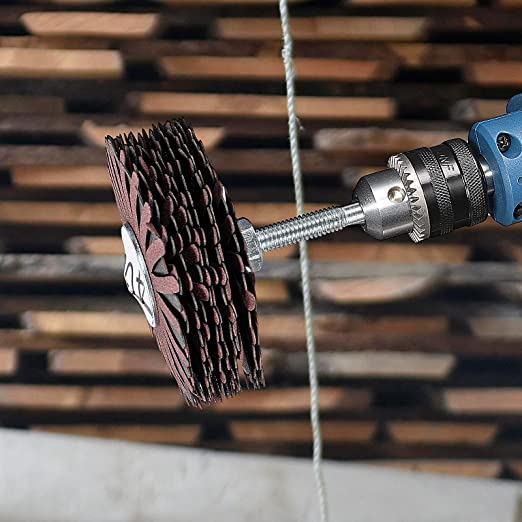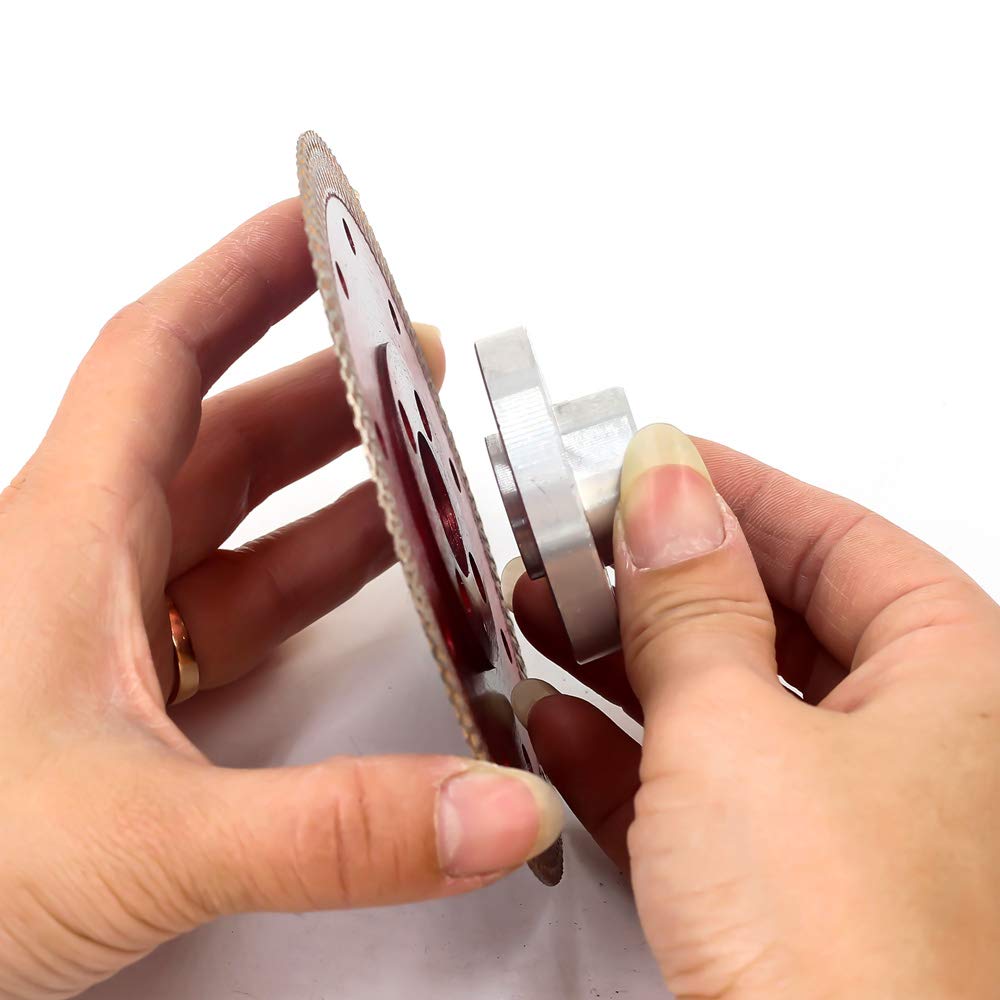The abrasive tissue is roughly divided into three categories: tight, medium and loose. Each category can be further subdivided into numbers, etc., which are distinguished by organization numbers. The larger the organization number of the abrasive tool, the smaller the volume percentage of the abrasive in the abrasive tool, and the wider the gap between the abrasive particles, which means the looser the organization. Conversely, the smaller the organization number, the tighter the organization. Abrasives with loose tissue are not easy to passivate when used, and generate less heat during grinding, which can reduce the thermal deformation and burn of the workpiece. The abrasive grains of the abrasive tool with tight organization are not easy to fall off, which is beneficial to maintain the geometric shape of the abrasive tool. The organization of the abrasive tool is only controlled according to the abrasive tool formula during manufacture, and is generally not measured. Superabrasive bonded abrasives are mainly made of diamond, cubic boron nitride, etc. and bonded with a bonding agent. Due to the high price of diamond and cubic boron nitride and good wear resistance, the bonded abrasives made with them are different from ordinary abrasive bonded abrasives. In addition to the superhard abrasive layer, there are transition layers and substrates. The superabrasive layer is the part that plays a cutting role, and is composed of superabrasives and bonding agents. The matrix plays a supporting role in grinding and is composed of materials such as metal, bakelite or ceramics.

There are two manufacturing processes for metal bond abrasives, powder metallurgy and electroplating, which are mainly used for superhard abrasive bonded abrasives. The powder metallurgy method uses bronze as the binder. After mixing, it is formed by hot pressing or pressing at room temperature, and then sintered. The electroplating method uses nickel or nickel-cobalt alloy as the electroplating metal, and the abrasive is consolidated on the substrate according to the electroplating process to make an abrasive tool. Special varieties of abrasives include sintered corundum abrasives and fiber abrasives. The sintered corundum abrasive tool is made by mixing, forming, and sintering at about 1800 ℃ with alumina fine powder and an appropriate amount of chromium oxide. This kind of abrasive tool has a compact structure and high strength, and is mainly used for processing clocks, instruments and other parts. Fiber abrasive tools are made of fiber filaments (such as nylon filaments) that contain or adhere to abrasives. They have good elasticity and are mainly used for polishing metal materials and their products.

The transition layer is used to connect the matrix and the superabrasive layer, and is composed of a bonding agent, which can sometimes be omitted. Commonly used binders are resins, metals, plated metals and ceramics.
The manufacturing process of bonded abrasives includes: distribution, mixing, forming, heat treatment, processing and inspection. With different binders, the manufacturing process is also different. The ceramic bond abrasive tool mainly adopts the pressing method. After weighing the abrasive and the binder according to the weight ratio of the formula, put it in the mixer to mix evenly, put it into the metal mold, and shape the abrasive tool blank on the press. The blank is dried and then loaded into the kiln for roasting, and the firing temperature is generally about 1300 °C. When a low melting point sintered binder is used, the sintering temperature is lower than 1000°C. Then it is precisely processed according to the specified size and shape, and finally the product is inspected. Resin-bonded abrasives are generally formed on a press at room temperature, and there are also hot-pressing processes that are heated and pressurized under heating conditions. After molding, it is hardened in a hardening furnace. When phenolic resin is used as binder, the curing temperature is 180~200℃. Rubber-bonded abrasives are mainly mixed with rollers, rolled into thin sheets, and then punched out with punching knives. After molding, it is vulcanized in a vulcanization tank at a temperature of 165~180℃.

Post time: Sep-05-2022







